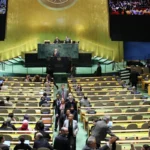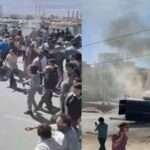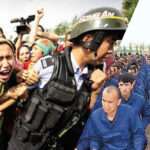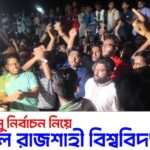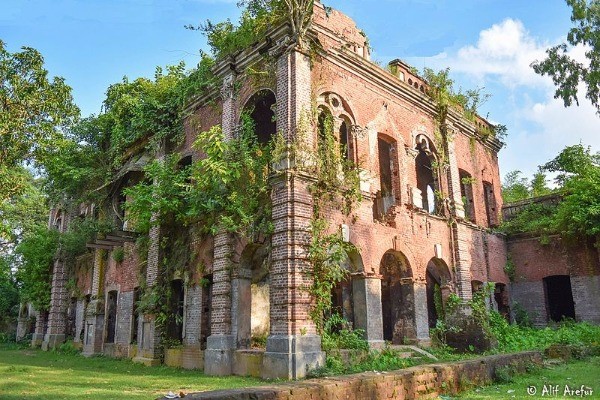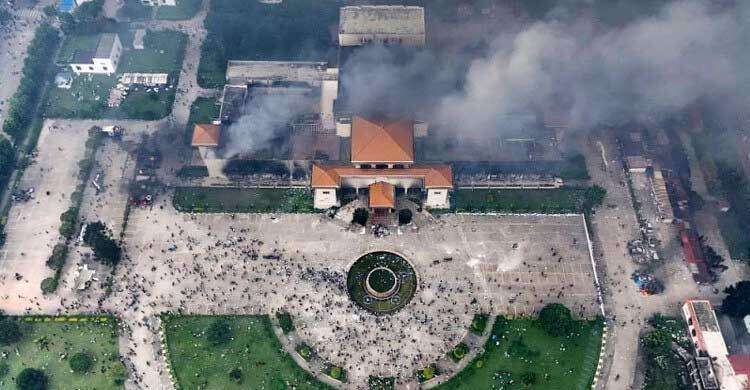Overview of Thakurgaon District-
Thakurgaon District is located in the northwestern part of Bangladesh and is part of the Rangpur Division. This district is known for its rich agricultural land, historical heritage, and a peaceful rural landscape. Thakurgaon District has become increasingly popular among local and international tourists for its scenic beauty and cultural diversity.
Geography and Location-
Thakurgaon District is bordered by Panchagarh District to the north, Dinajpur District to the south and east, and the Indian state of West Bengal to the west. The district covers an area of around 1,781.74 square kilometers. Rivers such as the Tangon and Kulik pass through the region, contributing to its fertile soil and natural beauty.
History of Thakurgaon-
The name “Thakurgaon” is believed to have originated from the word “Thakur,” which means deity or noble person in Bengali. Historically, the area was part of the ancient Pundravardhana region and later came under the rule of various dynasties, including the Mauryas, Guptas, and Palas.
During the British colonial period, Thakurgaon was a sub-division under Dinajpur District. It became a separate district on 1 February 1984. The region played a significant role during the 1971 Liberation War of Bangladesh.
Administrative Structure-
Thakurgaon District consists of five Upazilas:
- Thakurgaon Sadar
- Baliadangi
- Pirganj
- Ranishankoil
- Haripur
Each Upazila is further divided into Union Parishads and villages, governed by elected local representatives.
Demographics and Culture-
According to the latest census, Thakurgaon District has a population of approximately 1.5 million. The majority of the population are Bengali Muslims, with a significant Hindu minority and a few indigenous communities like the Santal and Oraon.
The local culture is deeply influenced by traditional Bengali customs. Folk songs, Baul music, Jatra (rural theatre), and puthi recitations are common cultural expressions. The district celebrates all major religious festivals like Eid, Durga Puja, and Christmas in a communal spirit.
Economy and Agriculture-
Agriculture is the backbone of Thakurgaon’s economy. The district is known for the production of rice, wheat, maize, sugarcane, and vegetables. It is one of the leading potato-producing districts in Bangladesh. Mangoes and jackfruits are also cultivated here in large quantities.
Thakurgaon also has a sugar mill — the Thakurgaon Sugar Mills Ltd. — which plays a key role in the district’s industrial economy. Cottage industries, dairy farms, and small-scale businesses also contribute to the local economy.
Education and Institutions-
The literacy rate in Thakurgaon District has seen significant improvement over the years. Several renowned educational institutions include:
- Thakurgaon Government College
- Thakurgaon Government Girls’ High School
- Thakurgaon Polytechnic Institute
- Pirganj Degree College
Various NGOs and government programs are actively involved in promoting primary and adult education in rural areas.
Tourist Attractions in Thakurgaon-
Thakurgaon boasts a number of natural and historical sites worth visiting. These include:
- Rani Dighi (Queen’s Pond): A historical reservoir built during the reign of a local queen, used for religious and community purposes.
- Ramrai Dighi: An ancient man-made pond believed to date back to the Pala dynasty, offering scenic views and a tranquil atmosphere.
- Kata Garh: A historic border fortification built to protect the territory from invasions during the British period.
- Thakurgaon Sugar Mills: A significant industrial site, offering a glimpse into the local agro-based economy.
- Tangon River: Popular for picnics and boat rides, especially during the winter and spring seasons.
- King Tonko Nath Palace (Rajbari): A historic royal palace reflecting the architectural grandeur of feudal Bengal.
Transportation and Communication-
Thakurgaon is well-connected to the rest of Bangladesh through road networks. National Highway N5 passes through the district, linking it to Dhaka and Rangpur. Regular bus services operate between Thakurgaon and major cities like Dhaka, Dinajpur, and Panchagarh.
Although the railway service is limited, there is a station in Thakurgaon Sadar. Rickshaws, motorcycles, and CNG auto-rickshaws are common local transportation.
Local Cuisine-
Thakurgaon’s cuisine is primarily Bengali, with a rural twist. Popular dishes include:
- Panta Bhaat (fermented rice)
- Alu Bharta (mashed potatoes)
- Freshwater fish curry
- Shutki (dried fish)
- Seasonal sweets made from date palm molasses
During winter, local markets are filled with traditional pithas like Patishapta, Bhapa Pitha, and Chitoi.
Climate and Weather-
Thakurgaon has a subtropical climate with three main seasons: summer, monsoon, and winter. Summers are hot and humid, while winters can be quite chilly with temperatures dropping below 10°C.
The region receives moderate to heavy rainfall during the monsoon, which is crucial for agriculture.
Best Time to Visit Thakurgaon-
The best time to visit Thakurgaon District is during the winter months, from November to February. The weather is cool and pleasant, ideal for exploring the countryside and historical sites. This is also when traditional fairs and cultural festivals take place.
Conclusion-
Thakurgaon District stands out as a serene and culturally rich region in Bangladesh. With its blend of history, agriculture, traditional lifestyle, and natural beauty, it offers something for everyone — from nature lovers to history enthusiasts. Whether you’re exploring ancient ponds, tasting rural cuisine, or attending a village fair, Thakurgaon promises a memorable and peaceful experience.
Frequently Asked Questions (FAQs)-
What is Thakurgaon District famous for?
Answer: Thakurgaon District is famous for its agriculture, especially potato and rice cultivation, as well as historical sites like Rani Dighi and Ramrai Dighi.
Where is Thakurgaon located in Bangladesh?
Answer: Thakurgaon is located in the northwestern part of Bangladesh, under Rangpur Division, and shares a border with India.
How can I travel to Thakurgaon from Dhaka?
Answer: You can travel to Thakurgaon by bus or train. Buses are more frequent and take approximately 10–12 hours from Dhaka.
What are the best tourist attractions in Thakurgaon?
Answer: Some popular tourist spots include Rani Dighi, Kata Garh, Tangon River, Thakurgaon Sugar Mills, and Rajbari (Palace).
Is Thakurgaon safe for tourists?
Answer: Yes, Thakurgaon is generally safe for tourists. Locals are hospitable and helpful, and crime rates are low compared to urban areas.
What language is spoken in Thakurgaon?
Answer: Bengali is the main language. However, some indigenous communities may also speak Santali or Oraon dialects.
Are there good hotels in Thakurgaon?
Answer: Yes, Thakurgaon Sadar has several budget-friendly hotels and guest houses for tourists and business travelers.
What kind of food is available in Thakurgaon?
Answer: Traditional Bengali food is widely available, along with seasonal pithas, fresh vegetables, and sweets made from local ingredients.
Does Thakurgaon have any cultural festivals?
Answer: Yes, local fairs, Baul music events, and religious festivals like Eid and Durga Puja are celebrated with enthusiasm.
What is the main occupation of people in Thakurgaon?
Answer: Most people are engaged in agriculture, followed by small-scale businesses, teaching, and government services.




